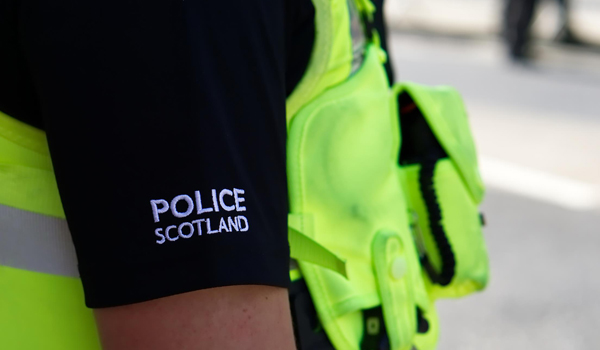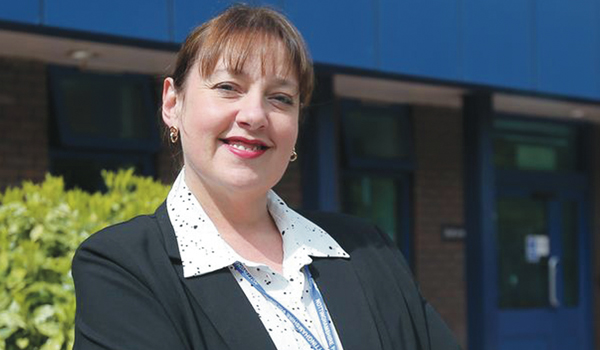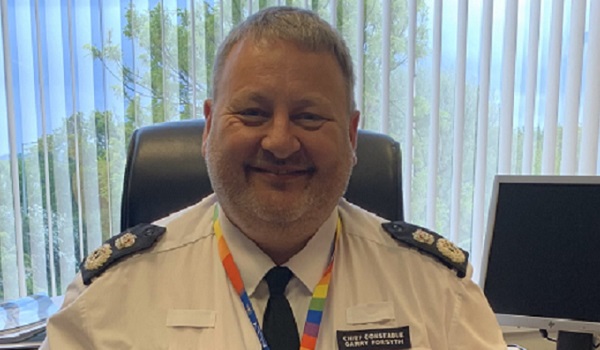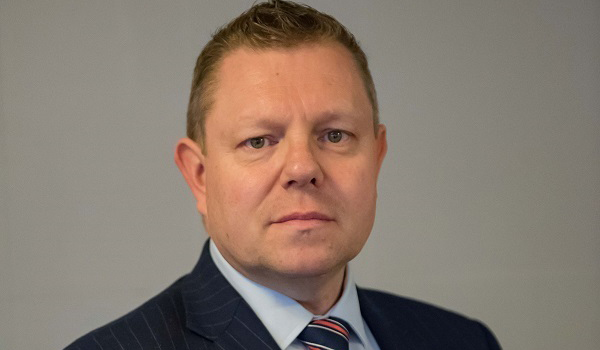Police tackling child sex abuse need more support as offending rises – HMICS
Police staff who view harrowing child abuse imagery need more wellbeing support amid a rise in online sexual exploitation of children, HM Inspectorate of Constabulary in Scotland (HMICS) has recommended.
Throughout 2020/21, there was a near 12 per cent increase in taking, distributing or possessing indecent images of children, and an overall rise of almost six per cent of crimes relating to online child sex abuse compared to the previous year, according to Police Scotland statistics.
The near six per cent rise on the prior year relates to 1,966 online child sex abuse crimes logged by the force in 2020/21 – nearly 25 per cent greater than the five-year average.
HMICS said over the past 18 months, the force had met three of its ten key recommendations – but the remaining seven have been partially met with “varied” progress.
Chief Inspector Gill Imery hailed the “energy, enthusiasm and dedication” of staff tackling online child sex abuse as the lockdown stay at home message led to both children and predators spending more time online.
But she warned the increasing demand of sifting through distressing material “continues to adversely impact on police officers and staff”, and she recommended the force implement a “specific wellbeing policy with tailored support”.
HMICS also suggested Police Scotland “prioritise an urgent review of its digital forensic capability” to identify the scale and nature of online offending, which is “not yet fully understood”.
Despite an increase in digital analysis workloads there has been no extra money put into this area, the report adds.
Among the three areas which Police Scotland was deemed to have met its obligations on from the HMICS report in February 2020 was in intelligence-sharing with the National Crime Agency.
The force was also deemed to have made suitable progress in implementing a governing framework to direct and scrutinise its response to online child sex abuse, as well as better prioritising specialist undercover resources, HMICS said.
The review also found there is “minimal knowledge of how the public can report concerns online, or where young people and their families can access support”.
Mrs Imery said: “From the outset of the pandemic, Police Scotland recognised that the ‘stay at home’ message could increase the risk of online harms.
“The use of the internet by children and young people increased, as did the threat presented by those who seek to target them for the purposes of sexual abuse and exploitation.
“Despite improvements, it remains difficult for the police to identify the scale and nature of online child sexual abuse and exploitation.
“Progress towards improving data quality has been challenging and is interdependent on enhanced recording systems, which would enable more sophisticated analysis.”
The HMICS 2020 report noted “the strategic direction of the force is unclear” on child sex exploitation and there was “no overall strategic governance” linking different parts of the force responsible for different aspects of online child sex abuse.
In June, Police Scotland acknowledged it needs to boost its capabilities to hunt and catch online criminals as figures showed a rise in internet child sexual abuse and fraud.
Its performance report noted that sexual exploitation of children “is complex and policing it on its own is not the solution”.
It added: “By working in partnership, taking a multi-agency approach, increasing public confidence and raising public awareness, we are better placed to identify threat, manage risk and prevent harm.”







